2018-2019 Arlington, Virginia, USA
Alexy, Jonathan, Byron, Emma, Ashlee, Marcus, Mifra, Nathaly, Jason, Mirhran, Gabe, Taylor, Bryan, Katherine noted that their school cafeteria used plastic straws, plastic sporks, and paper napkins wrapped in plastic packages.
They proposed to replace them with separate options of single paper straws packaged in paper, biodegradable corn-based sporks, and paper napkins in dispensers, like in a restaurant. They plan to put in paper towel dispensers for really bad spills. That will save on using too many napkins.
The group will encourage students and staff to drink right from the cartons instead of using straws, but they will have paper straws available for those who want them.This will make a positive change to the watershed because the school will be reducing plastic and recycling paper and corn.
The group also hopes to educate people on the harm they are causing by using plastic straws, utensils and packaging. Maybe other schools will cut down too, causing the overall amount of plastic to decrease. This means the watershed will be no longer be harmed by the cafeteria and community trash each day.
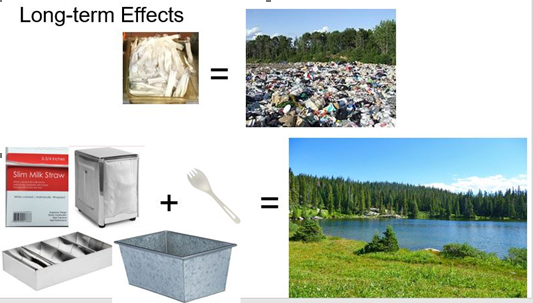
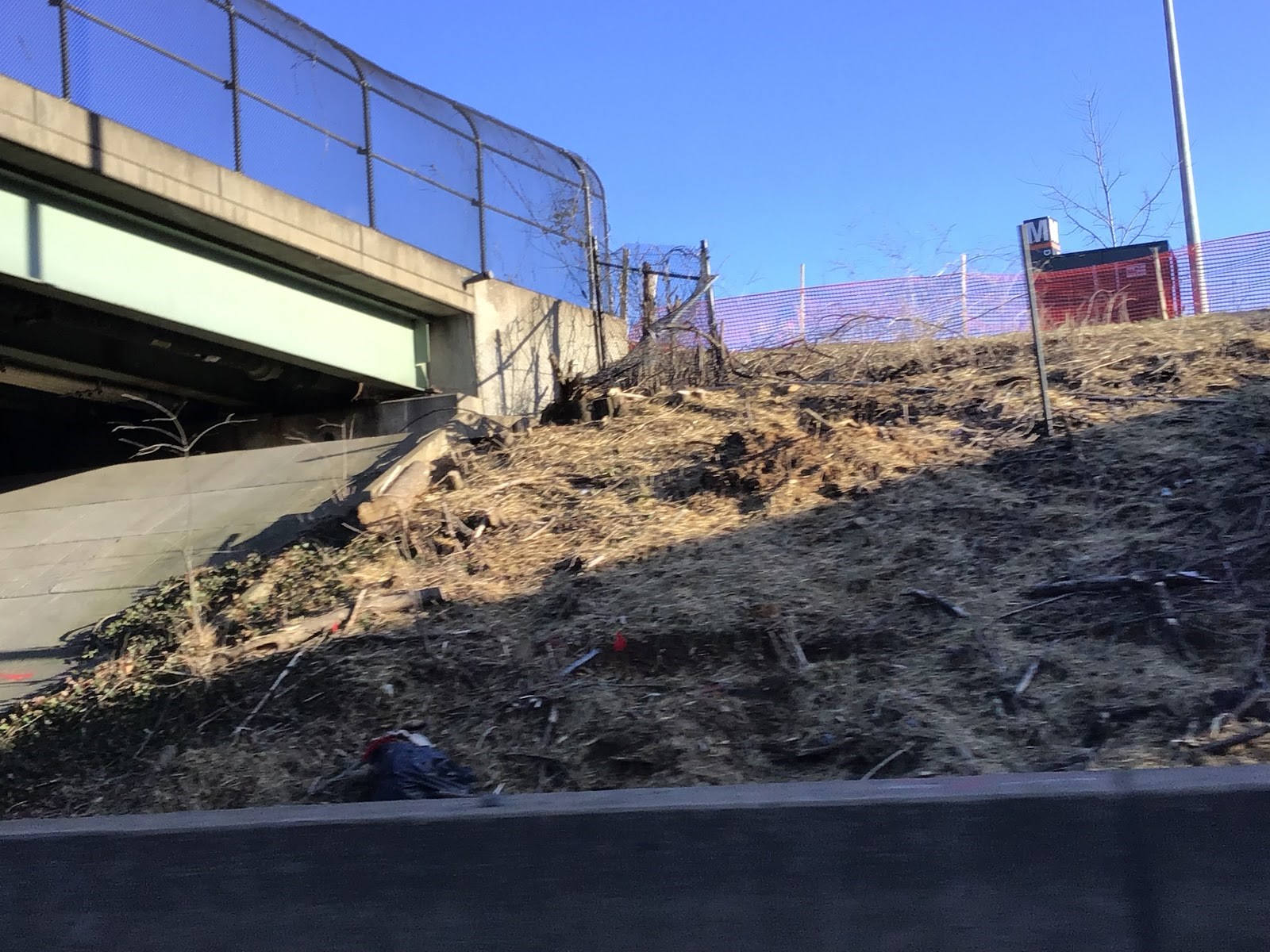
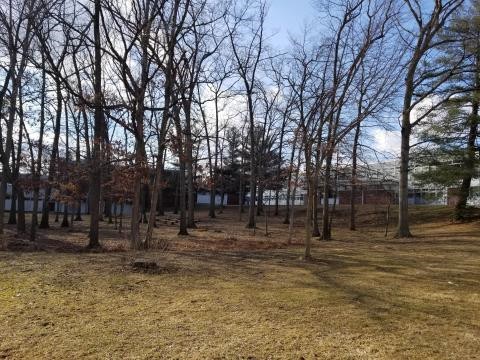 2019, Timonium, Maryland, USA
2019, Timonium, Maryland, USA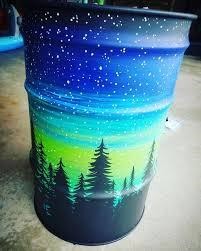
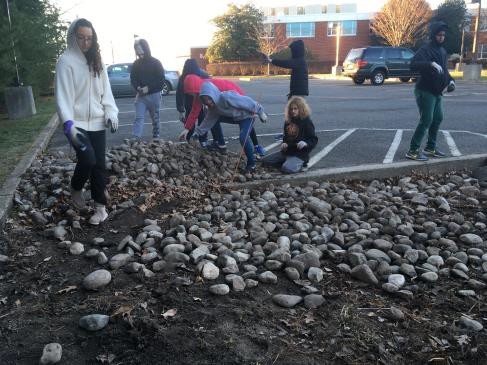 What if there was a way to filter water of sediments and chemicals when it goes into the ground? We see that a bio- retention cell is beneficial for maintaining and improving our watershed health. In order to help, we would like to revitalize the bio-retention cell at our school. A bio-retention cell is a rain garden with a rock pit before it, which acts as barrier to collect sediment while also stopping runoff and providing water to plants. Our bio-retention cell, needs maintenance, with planting of new native species and adding rocks too. One of the results we hope to achieve is to filter out nitrites, sediment, and garbage before it reaches Virginia’s rivers and the Chesapeake Bay.
What if there was a way to filter water of sediments and chemicals when it goes into the ground? We see that a bio- retention cell is beneficial for maintaining and improving our watershed health. In order to help, we would like to revitalize the bio-retention cell at our school. A bio-retention cell is a rain garden with a rock pit before it, which acts as barrier to collect sediment while also stopping runoff and providing water to plants. Our bio-retention cell, needs maintenance, with planting of new native species and adding rocks too. One of the results we hope to achieve is to filter out nitrites, sediment, and garbage before it reaches Virginia’s rivers and the Chesapeake Bay.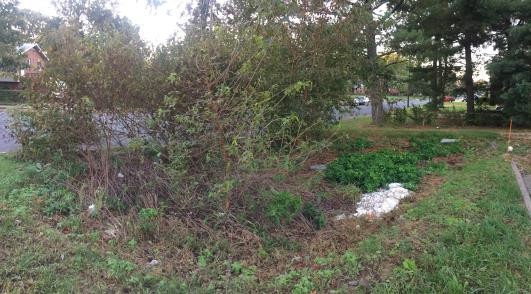 Not only do we want this project to benefit Lanier but we wish to expand this wonder all across the county. We believe that all schools should have the chance to experience and help care for our watershed. We will invite students from our feeder elementary school and volunteer form our high school as well. After all, the Chesapeake Bay is something shared of six states and we should, and will, treasure it!
Not only do we want this project to benefit Lanier but we wish to expand this wonder all across the county. We believe that all schools should have the chance to experience and help care for our watershed. We will invite students from our feeder elementary school and volunteer form our high school as well. After all, the Chesapeake Bay is something shared of six states and we should, and will, treasure it!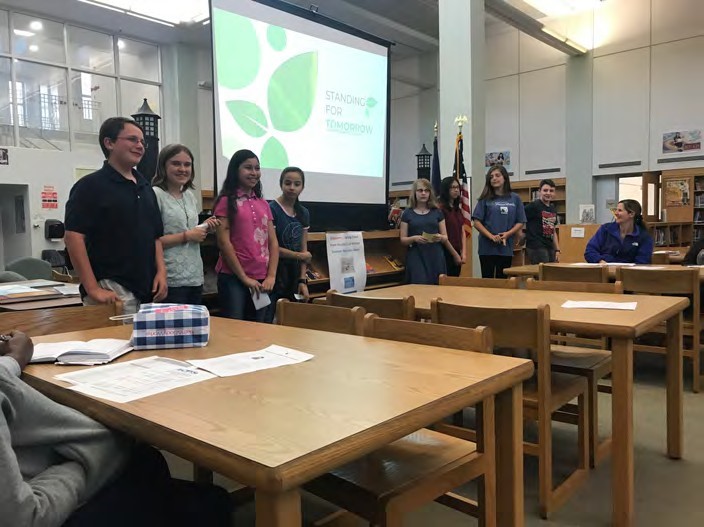
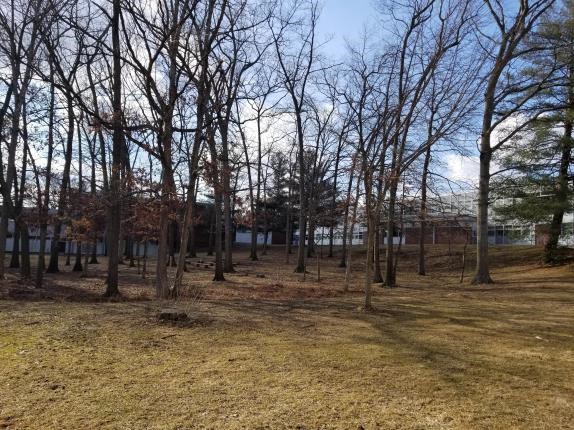 2019, Baltimore, Maryland, USA
2019, Baltimore, Maryland, USA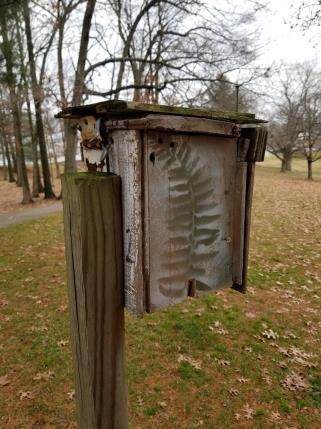
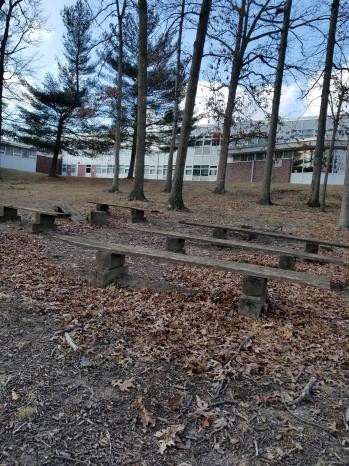
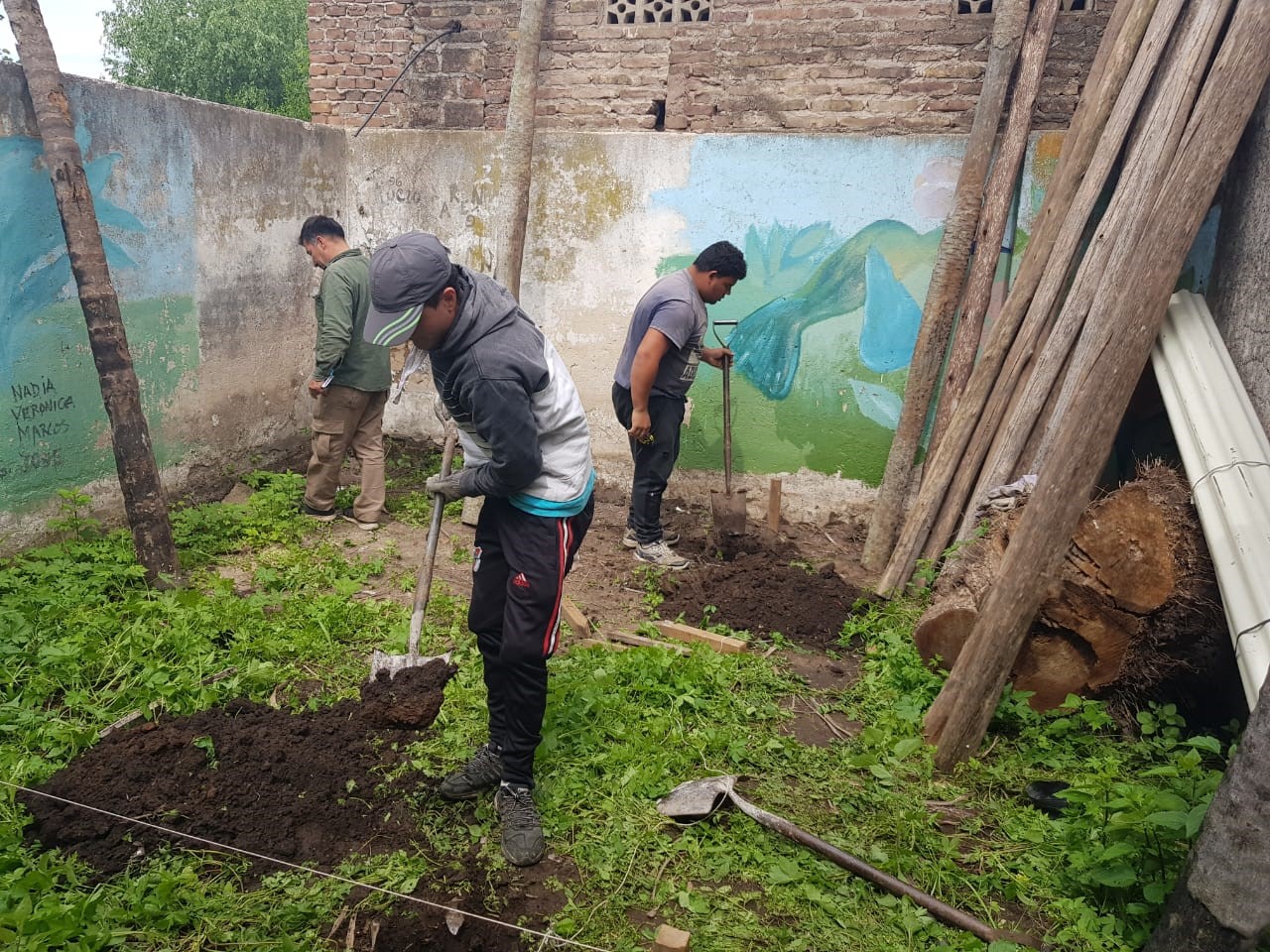 2018 Villa Espil, San Andres de Giles, Buenos Aires, Argentina
2018 Villa Espil, San Andres de Giles, Buenos Aires, Argentina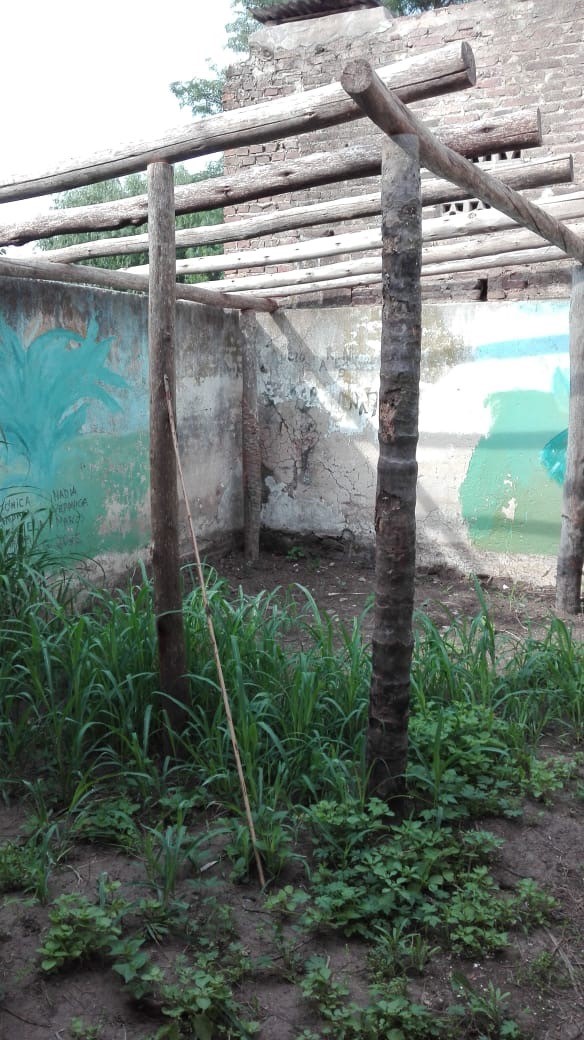
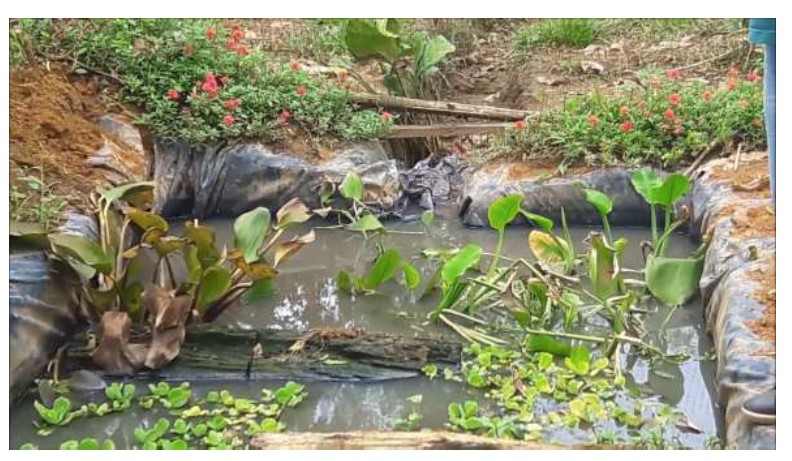 2018 Villa Lia, San Antonio de Areco, Buenos Aires, Argentina
2018 Villa Lia, San Antonio de Areco, Buenos Aires, Argentina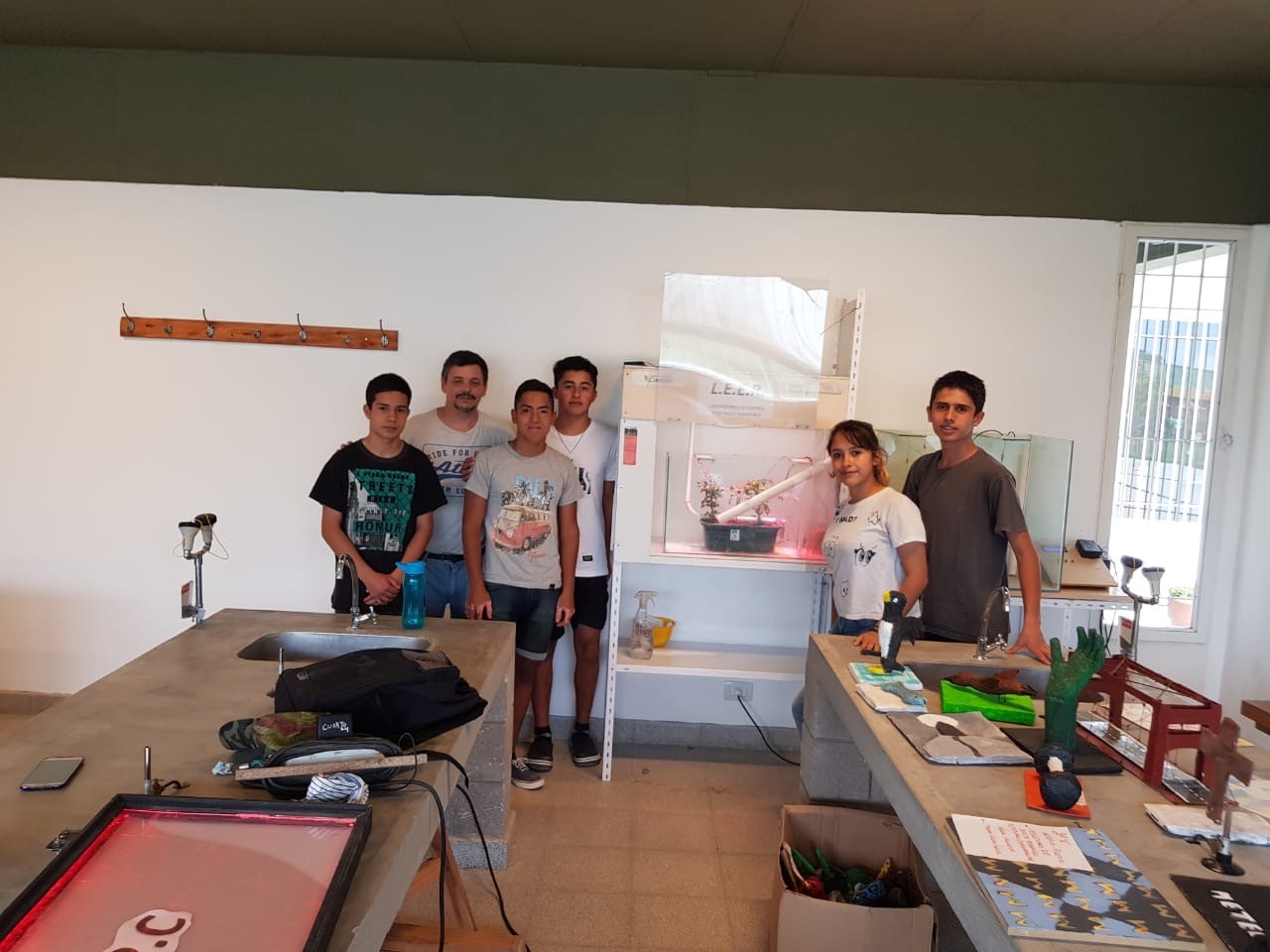 2018 Carmen de Areco, Buenos Ares, Argentina
2018 Carmen de Areco, Buenos Ares, Argentina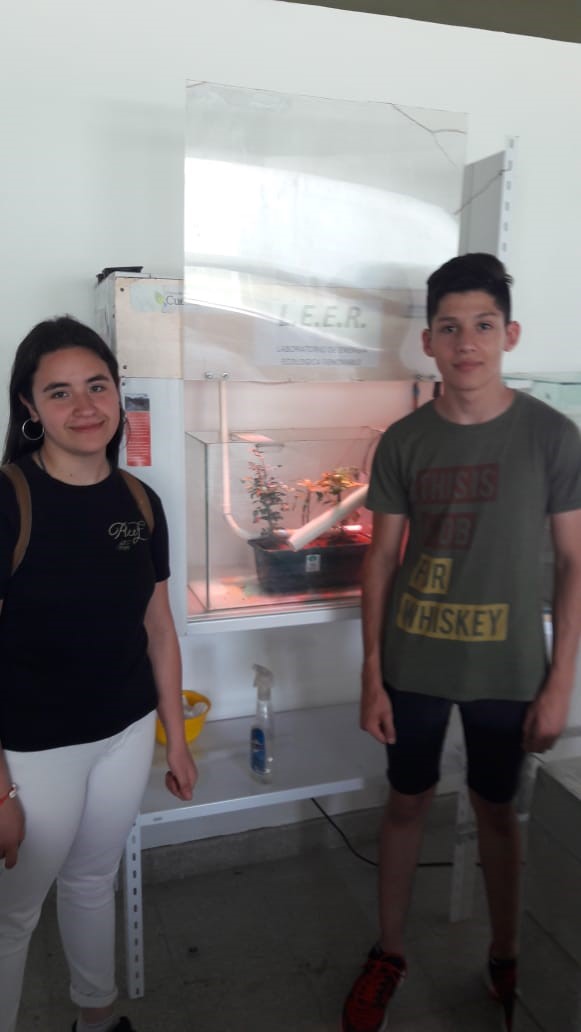 This project combines other CFW projects; they used arduinos system and the idea of the 2017 winning project “smart light” that manages the light intensity and the day / night duration. They are using renewable energy, solar photovoltaic, solar thermal peltier cells and the whole system is robotic and managed by arduinos. They have humidity, co2, and intensity sensors and different types of luminosity.
This project combines other CFW projects; they used arduinos system and the idea of the 2017 winning project “smart light” that manages the light intensity and the day / night duration. They are using renewable energy, solar photovoltaic, solar thermal peltier cells and the whole system is robotic and managed by arduinos. They have humidity, co2, and intensity sensors and different types of luminosity.